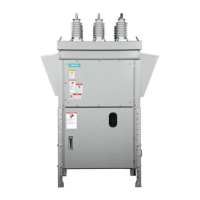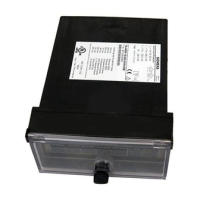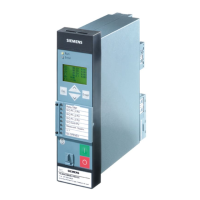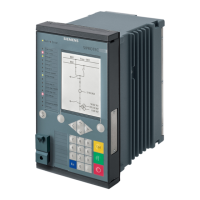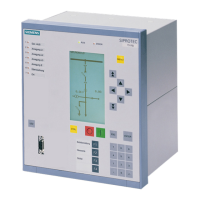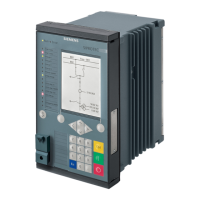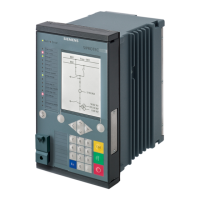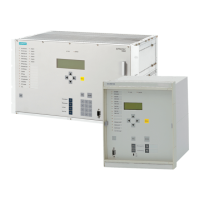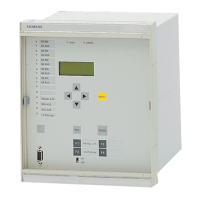Selectivity implemented by combinations of protective devices
4.1 Molded case circuit breakers and downstream fuse
Selectivity for 3VA molded case circuit breakers
48 Configuration Manual, 08/2016, A5E03603181010-01
The diagram demonstrates that no current selectivity is provided with a short-circuit current
I
K
≥ 1000 A. Instead, the 3VA2 molded case circuit breaker is designed to afford dynamic
selectivity. The selectivity limit current I
S
is determined according to the selectivity table (see
FAQs (https://support.industry.siemens.c
om/cs/de/de/view/97493202) in the Siemens
Industry Online Support (SIOS)).
Total selectivity in the event of a short-circuit is afforded by circuit breakers without a time-
delay short-circuit release (S release) only in cases where the let-through current I
D
of the
LV HRC fuse does not reach the lower tolerance value I
sd-u
of the delay time of the I release.
Only a fuse with a very low rated current relative to the rated uninterrupted current of the
circuit breaker can be expected to provide total selectivity. If the fuse does not meet this
requirement, the rules applicable to dynamic selectivity must be observed. (See chapter
"Dynamic selectivity (Page 40)")
This
graph showing the time-current characteristics of fuses for calculation of selectivity
applies only to tripping times in excess of 100 ms. For tripping times shorter than 100 ms,
the I
2
t values specified in DIN VDE 0636-2, Table 113 "Test currents and I
2
t limits for
selectivity testing" must be applied. For fuse operating times of < 100 ms, the pre-arcing
times and the arcing time must be taken into account. For fuse operating times of > 100 ms,
the other time-current characteristics can be applied.

